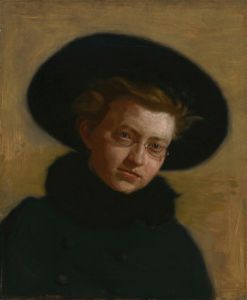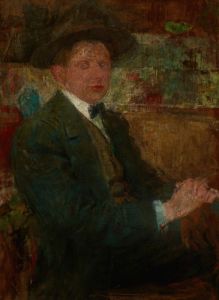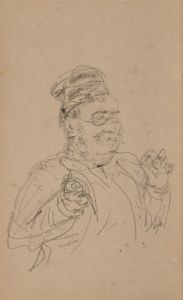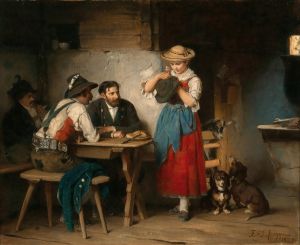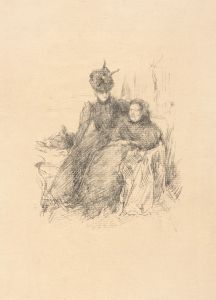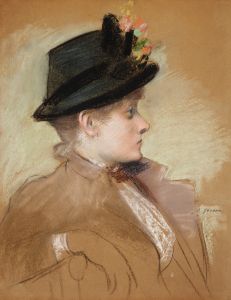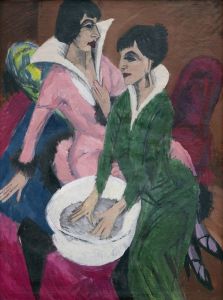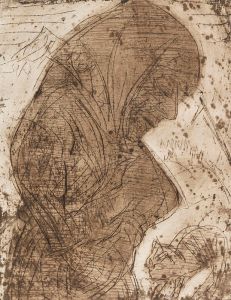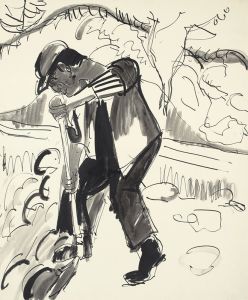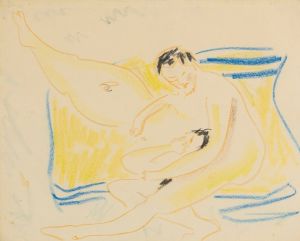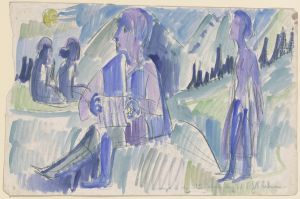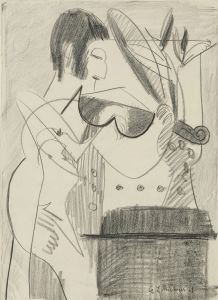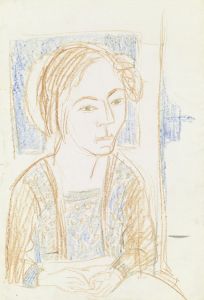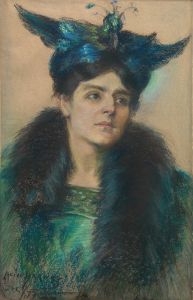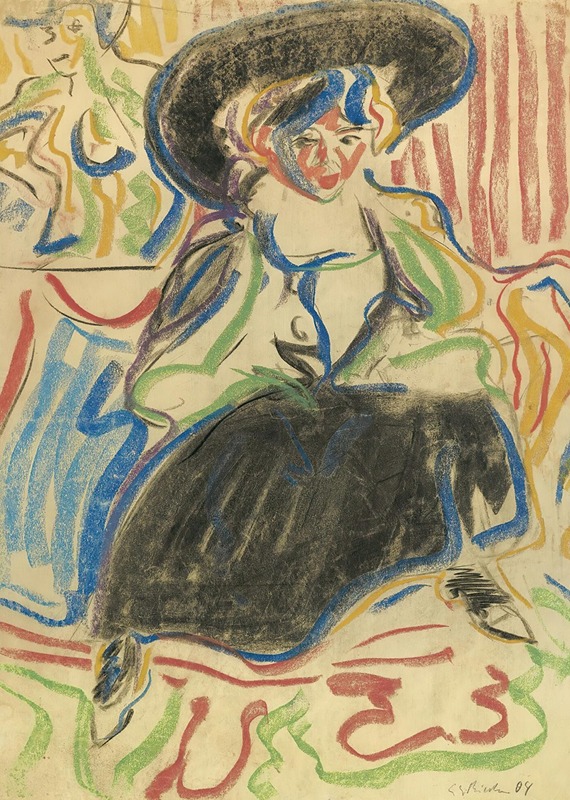
Sitzendes Mädchen Mit Hut
A hand-painted replica of Ernst Ludwig Kirchner’s masterpiece Sitzendes Mädchen Mit Hut, meticulously crafted by professional artists to capture the true essence of the original. Each piece is created with museum-quality canvas and rare mineral pigments, carefully painted by experienced artists with delicate brushstrokes and rich, layered colors to perfectly recreate the texture of the original artwork. Unlike machine-printed reproductions, this hand-painted version brings the painting to life, infused with the artist’s emotions and skill in every stroke. Whether for personal collection or home decoration, it instantly elevates the artistic atmosphere of any space.
Ernst Ludwig Kirchner's Sitzendes Mädchen mit Hut (Seated Girl with Hat) is a painting created by the German Expressionist artist, who was a founding member of the influential art movement Die Brücke (The Bridge). This movement, established in 1905, sought to break away from traditional academic art and embraced a more modern, emotional, and raw approach to artistic expression. Kirchner's works are characterized by their bold use of color, dynamic compositions, and a focus on the human figure, often exploring themes of modern life, urbanization, and psychological depth.
Sitzendes Mädchen mit Hut exemplifies Kirchner's distinctive style, which combines elements of primitivism, Fauvism, and German Expressionism. The painting depicts a young woman seated, wearing a hat, rendered in vibrant, non-naturalistic colors. Kirchner's use of exaggerated forms and angular lines conveys a sense of immediacy and emotional intensity, hallmarks of his artistic approach. The subject's pose and attire reflect Kirchner's interest in capturing the individuality and inner life of his sitters, often portraying them in informal, intimate settings.
The exact date of creation for Sitzendes Mädchen mit Hut is not definitively documented, but it is likely to have been painted during Kirchner's most prolific period, between 1909 and 1914, when he was actively involved with Die Brücke. During this time, Kirchner and his contemporaries were deeply influenced by non-Western art forms, particularly African and Oceanic art, which they saw as more "authentic" and untainted by industrialization. This influence is evident in Kirchner's simplified forms and expressive use of color.
Kirchner's work, including Sitzendes Mädchen mit Hut, was later condemned by the Nazi regime as "degenerate art" (Entartete Kunst) during the 1930s. Many of his paintings were confiscated from German museums, and some were destroyed or sold. Despite this, Kirchner's legacy endured, and his contributions to modern art are widely recognized today. His works are held in major collections worldwide, and he is celebrated as one of the leading figures of German Expressionism.
Specific details about the provenance or current location of Sitzendes Mädchen mit Hut are not readily available in public records. However, Kirchner's works are frequently exhibited in prominent museums and galleries, including the Brücke Museum in Berlin, which is dedicated to the art of Die Brücke members.





